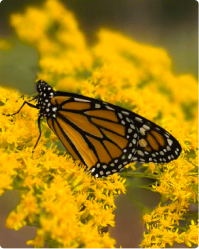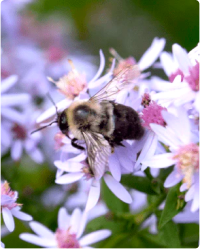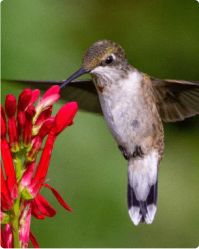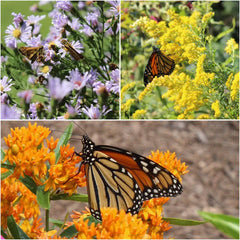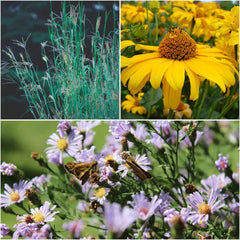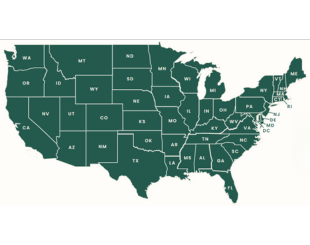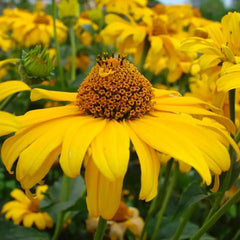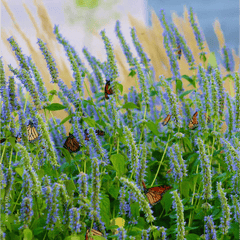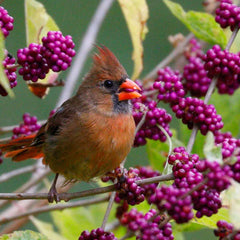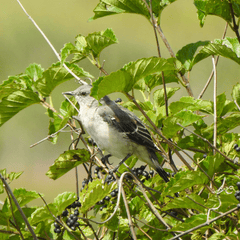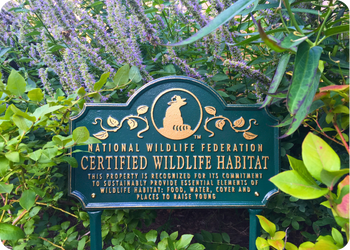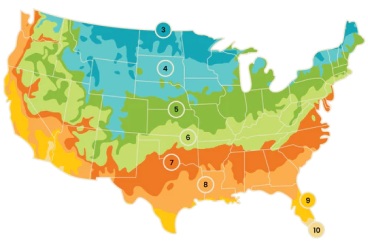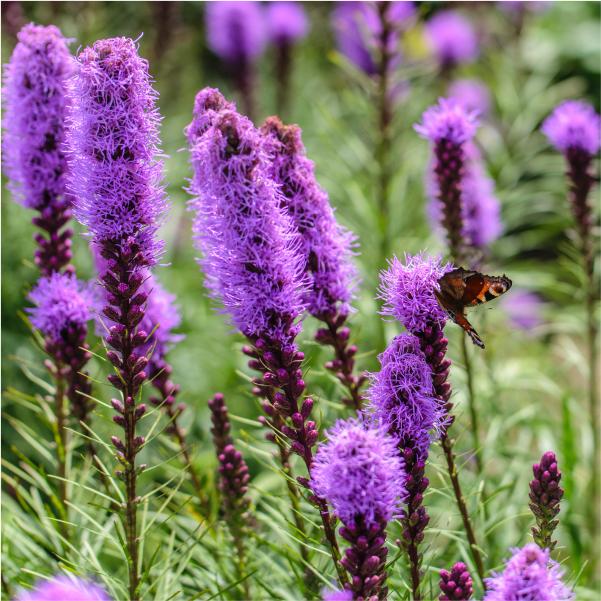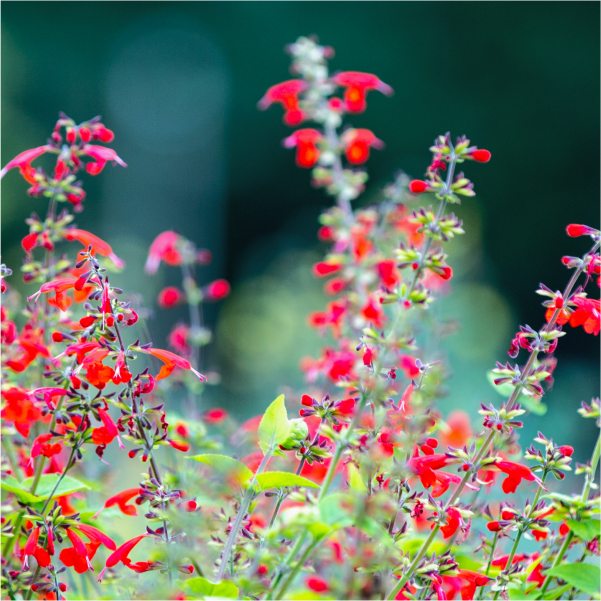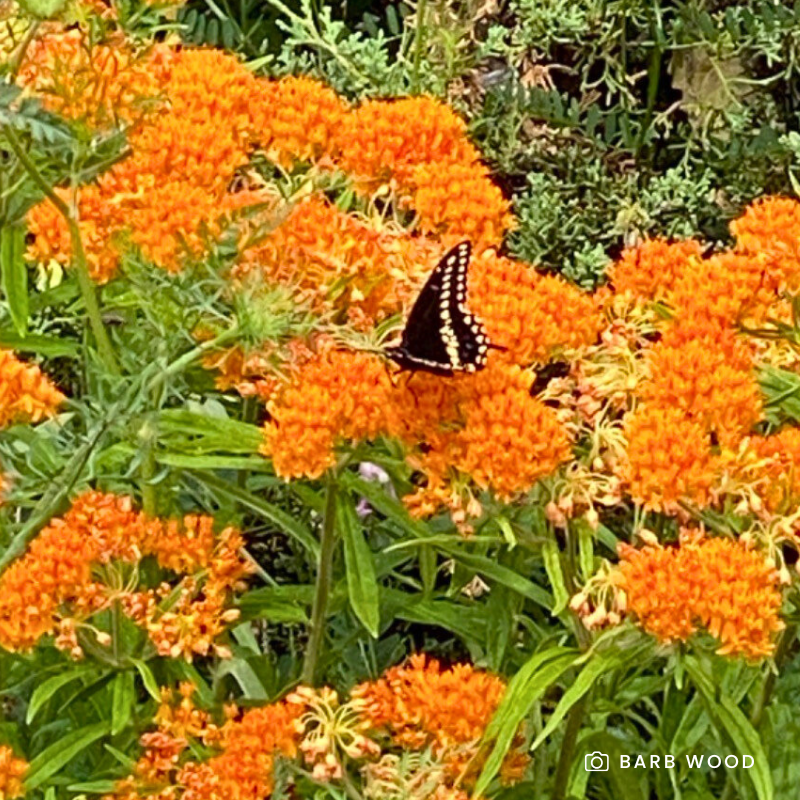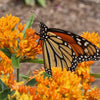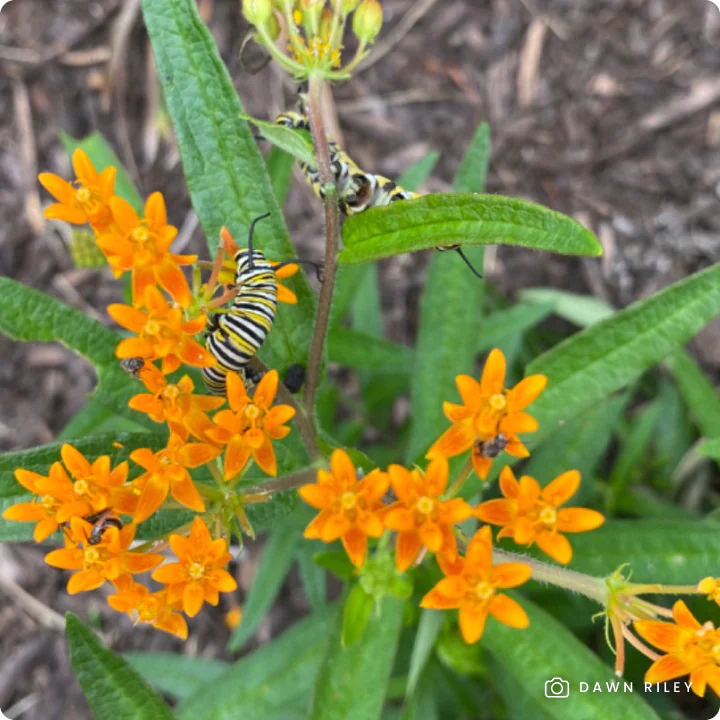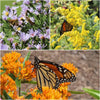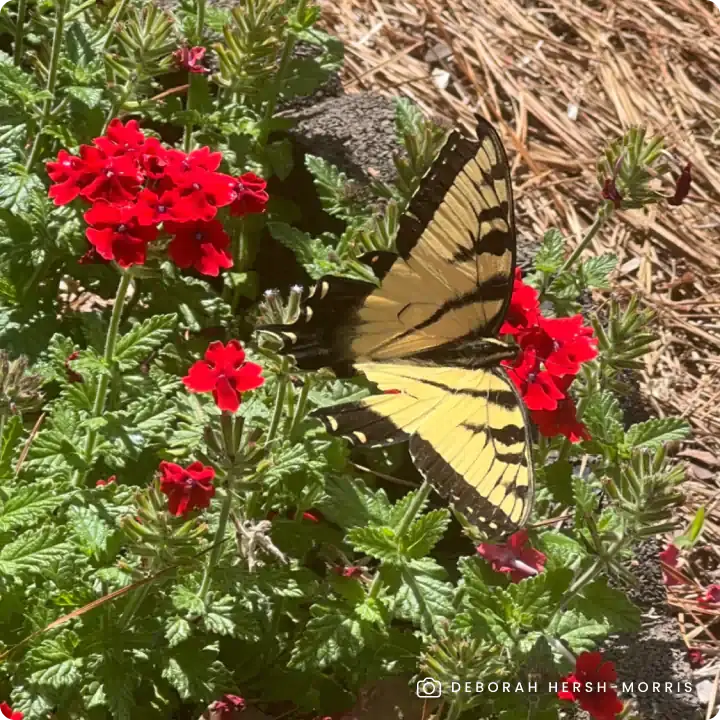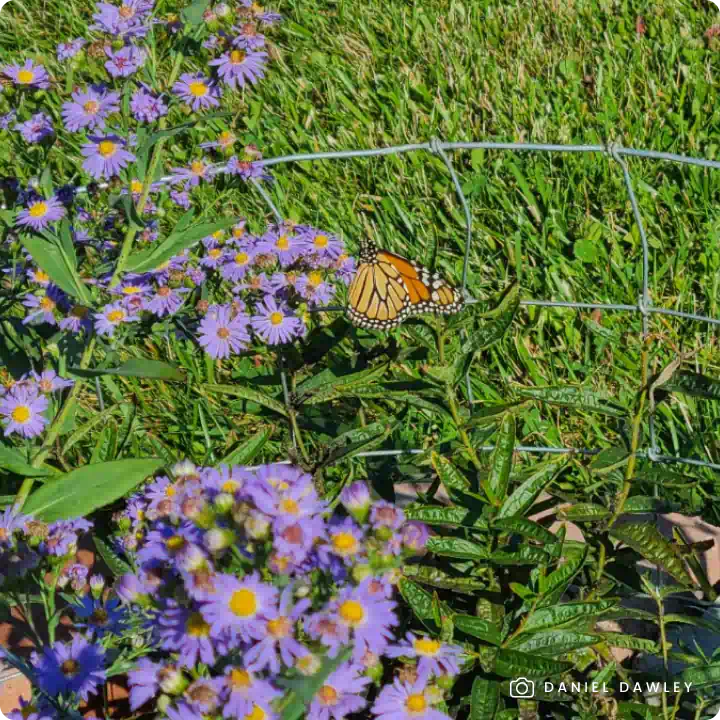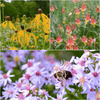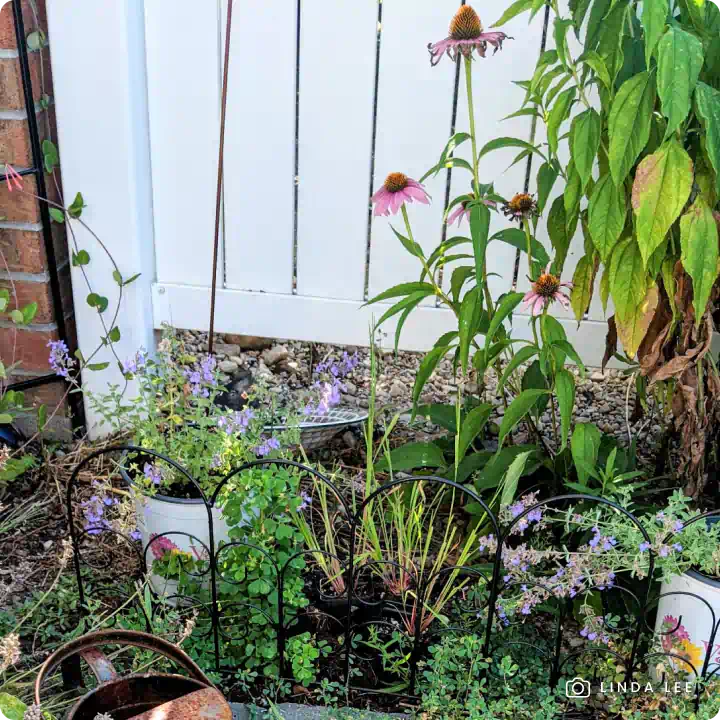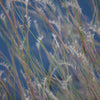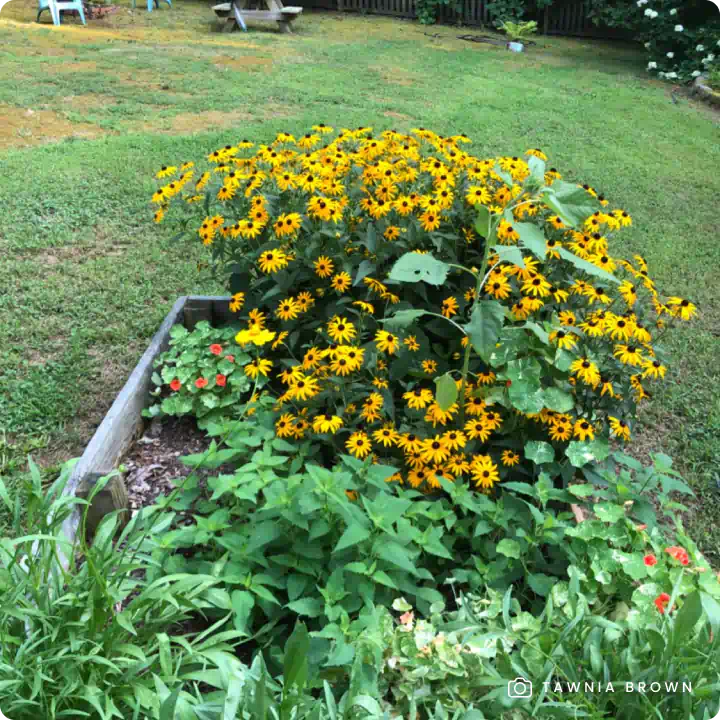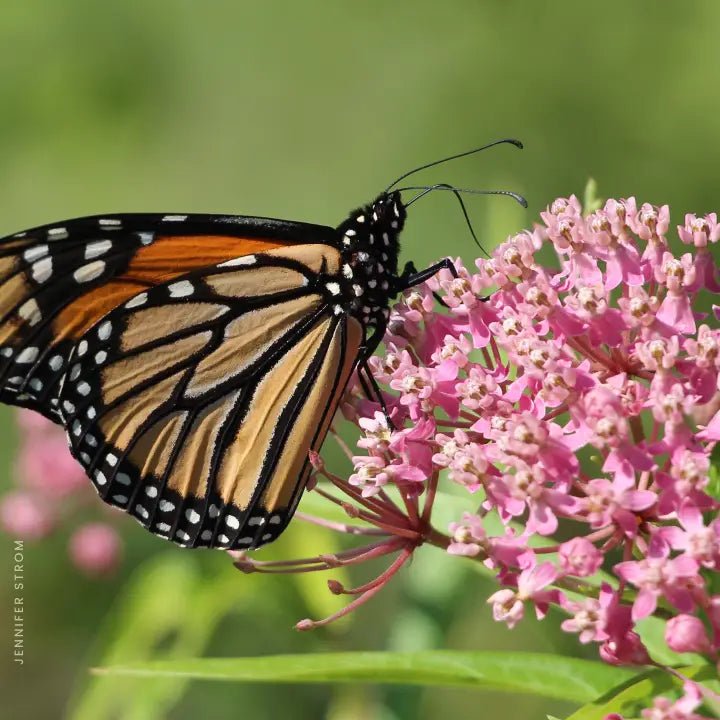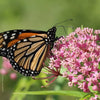With vivid shades of purple and scarlet, the Patio Party Collection brings striking color and vibrant life to small spaces. Specially curated for container gardens, patios, and porch pots, this compact selection of native perennials provides essential nectar for hummingbirds, butterflies, bees, and other wildlife—no yard required. These low-maintenance plants thrive in full sun and offer a long bloom season, making them ideal for creating pollinator-friendly habitat in urban or limited-space settings. Whether you're designing a balcony garden or enhancing a sunny doorstep, the Patio Party Collection delivers beauty, biodiversity, and year-after-year enjoyment.
What’s Included:
- Dense Blazing Star (Liatris spicata): Tall, spiky purple blooms that provide mid- to late-season nectar and striking vertical structure.
- Scarlet Sage (Salvia coccinea): Bright red flowers that bloom throughout the growing season, especially attractive to hummingbirds.
- Lyreleaf Sage (Salvia lyrata): A versatile groundcover with blue-purple flower spikes in spring and evergreen foliage that adds texture year-round.
Key Benefits:
- Pollinator Powerhouse: Attracts hummingbirds, butterflies, and native bees, providing a crucial nectar source throughout the growing season.
- Low Maintenance: Requires less water once established and returns year after year with minimal care.
- Deer Resistant: Naturally unappealing to deer, ensuring lasting beauty in your garden.
- Pollinator-Safe: Grown non-GMO and free of harmful neonicotinoids, promoting a healthy ecosystem for pollinators and wildlife.
Why Choose the Patio Party Collection?
The Patio Party Collection combines beauty, resilience, and ecological importance. Its compact form and long bloom season make it ideal for filling sunny spots with vibrant color, while its role in attracting and supporting a wide variety of pollinators ensures your garden contributes to local biodiversity, even in a small space.
Planting Tips:
- Location: Plant in full sun with well-drained soil.
- Watering: Water regularly during the first growing season to establish roots. Reduce watering frequency once established.
- Maintenance: Minimal care required. There's no need to deadhead the flowers, as allowing them to go to seed provides a valuable food source for birds. Leaving the stems standing in the fall offers overwintering sites for beneficial insects. If desired, cut back the stems in late spring after pollinators have emerged. Avoid spraying pesticides that harm monarch caterpillars.
For more information on planting, view our How to Plant Your Native Plants guide and other planting tips in the Garden for Wildlife Learning Center.
